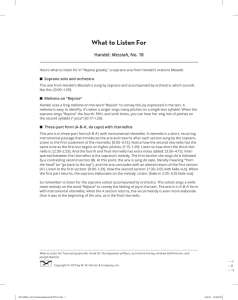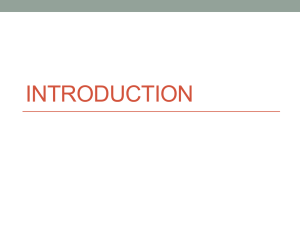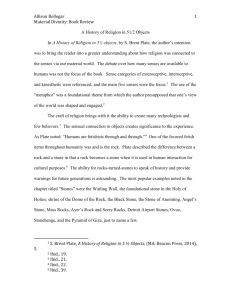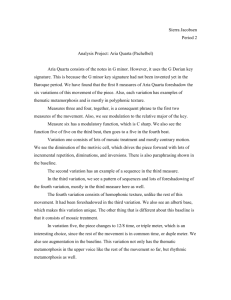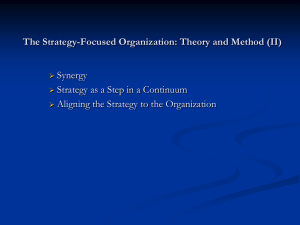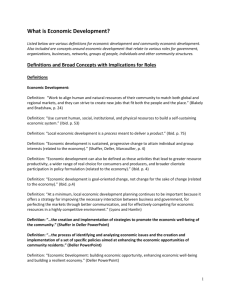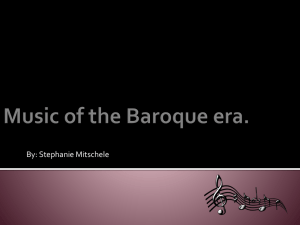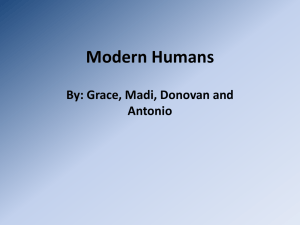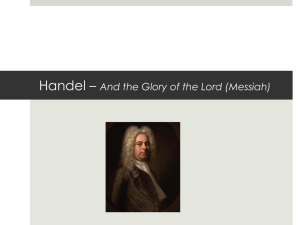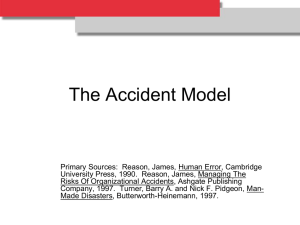Title Page, Table of Contents, Foreword, Rosetta Stone, etc.
advertisement
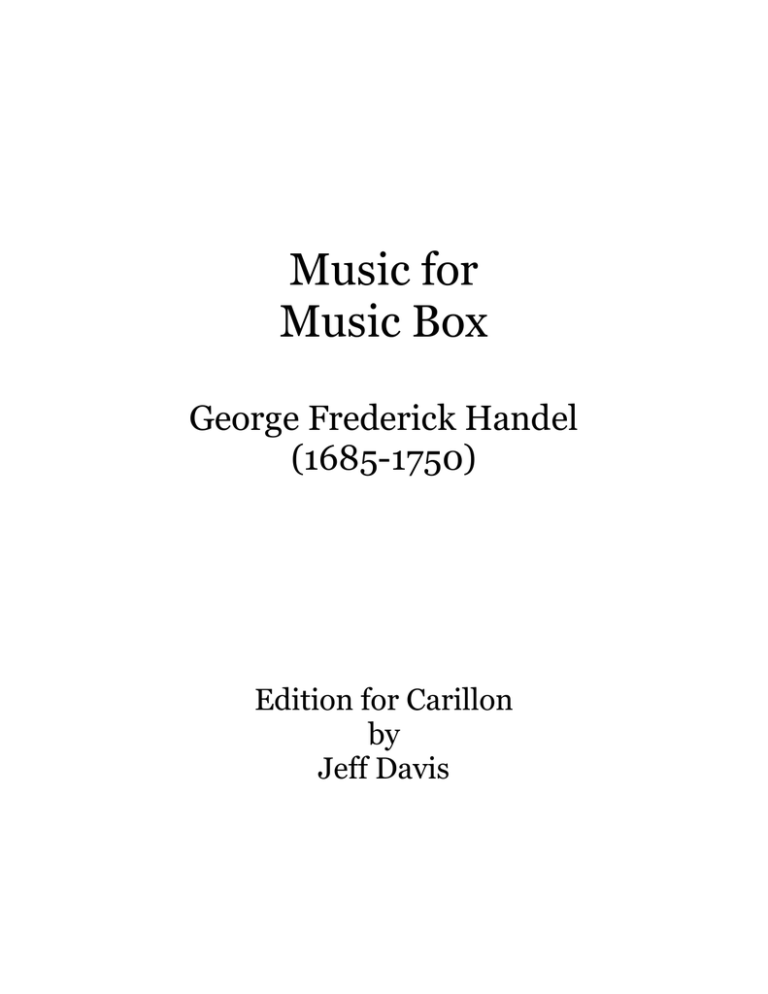
Music for Music Box George Frederick Handel (1685-1750) Edition for Carillon by Jeff Davis Music for Music Box Table of Contents Foreword Rosetta Stone Works based on Handel’s operas Thematic Index iii iv iv v Solo 1. 2. 3. 4. 5. 6. 7. 8. Air Sonata Menuet Menuet Air Gigue Aria Lungo pensar from Muzio Scevola Allegro Duet 9. 10. 11. 12. 13. 14. 15. 16. 17. 18. 19. 20. A Voluntary or A Flight of Angels Aria Lungo pensar from Muzio Scevola Aria Alla fama, dimmi il vero from Ottone Aria Deh lascia un tal desio from Arianna Air Aria Dell’ onda ai fieri moti from Ottone Aria In mille dolci modi from Sosarme Aria In mar tempestoso from Arianna Air Gigue Aria Vola l’augello dal caro nido from Sosarme Sonata with Trio and Gavotte Sonata Trio Gavotte 1 2 3 4 5 6 7 9 11 14 17 20 22 24 26 28 31 33 35 38 46 48 Music for Music Box Foreword Written Afterward When Handel prepared Spieluhr, probably between 1732 and 1750, the mechanical musical clock was a technological wonder. Just like large automatic carillons, these small machines worked on the principle of drum-and-pins. They sounded using bells, or organ pipes, or even strings. Charles Clay, who fabricated instruments of greater range and mechanical complexity than those of other makers, is immortalized by Handel in the selections entitled Tunes for Clay’s Musical Clock. Several of the works are based on music from six operas. In “The Librettos of Handel’s Operas,” Ellen T. Harris reproduced playbills from the earliest London performances; these original Italian texts are included, along with their wonderful English translations. As a carillon teacher, I have ample proof of the important instructional value of these miniatures. They effortlessly instruct beginners in foundations of manual technique, and then proceed to extend both technical and musical requirements well into the realm of the virtuoso. It is my intent that this edition be freely copied for performance and study. Music for Music Box is intended primarily for performers. In re-imagining and notating, I’ve tried to give attention to carillon sonorities. Decisions, rightly or wrongly, about layout, grouping, and notation are mine alone. There are, for example, two sets of page numbers. I anticipate most users will reproduce only those works they need. For them pagination follows convention. There may be others, however, interested in printing out the complete edition. To them I apologize for abusing the centuries old tradition of right pages being odd-numbered. The insertion of blank pages between 6-7, 19-20, 30-31, and 37-38 will jumble things around before reaching a satisfactory conclusion. Spieluhr, literally Playhour, can be accurately translated in a number of different ways. I decided on Music for Music Box, the shortest title telling the entire story. Jeff Davis Berkeley, California Spring 2007 Music for Music Box Rosetta Stone The Hallische Händel-Ausgabe [HHA] and the Händel Werke Verzeichnis [HWV] are the two major sources of this music. # 1 2 3 4 5 6 7 8 9 10 11 12 13 14 15 16 17 18 19 20 HHA 45 42 46 47 48 43 53 49 44 53 54 55 56 57 58 59 50 51 52 60 HWV 601 598 602 603 604 599 591 473 600 591 592 593 594 595 596 597 587 589 590 578 Notes from Tunes for Mr. Clay’s Musical Clock (solo) from Tunes for Clay’s Musical Clock (duet) ibid. ibid. ibid. ibid. ibid. ibid. ibid. ibid. ibid. The original of this often rearranged work. Works based on music from Handel’s operas. # 6 7 8 10 11 12 14 15 16 19 Source Minuet from Almira Lungo pensar from Muzio Scevola Overture to Sciopione Lungo pensar from Muzio Scevola Alla fama, dimmi il vero from Ottone Deh lascia un tal desio from Arianna Dell’onda ai fieri moti from Ottone In mille dolci modi from Sosarme In mar tempestoso from Ariadne Vola l’augello dal caro nido from Sosarme This page left blank
